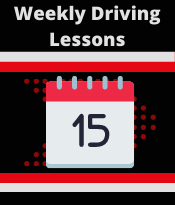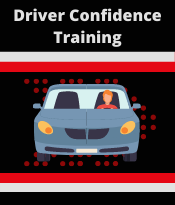A Guide To Driving in Autumn
As we move from summer into autumn and the days begin to get shorter, you should be aware of some of the challenges that driving in autumn brings. From adverse weather conditions to an increase in wildlife activity, the change in seasons can bring new hazards. Whether you’re taking lessons, or have passed your test and are looking for tips, our guide to driving in autumn is here to help.
Our Tips For Driving In Autumn
Wet Weather
Although you likely have some experience driving in the rain, this can be especially dangerous in the autumn months. From drizzle and showers to heavy downpours, rainwater can mix with mud and leaves, making the roads extra slippy. Overall, this will increase your car’s stopping distance and can affect your vehicles handling.
To counteract the hazards wet weather brings, you should reduce your speed, to ensure that you will be able to stop in time should you have to brake suddenly.
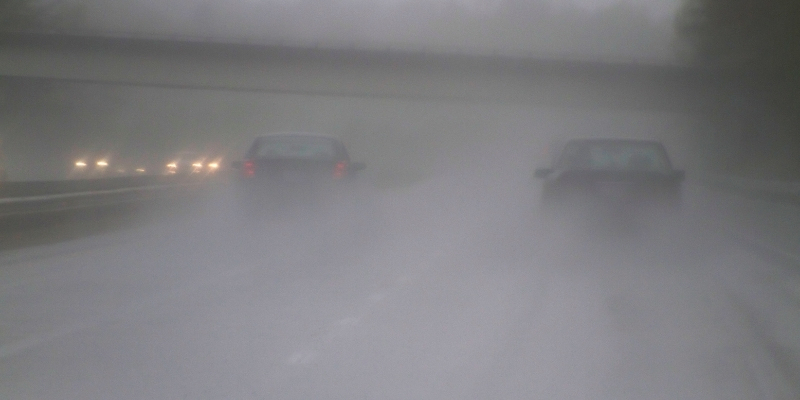
Wet Leaves
With the seasons changing, and the weather becoming cooler, the leaves will begin to fall from the trees. Although this can make for beautiful scenery, wet leaves can be hazardous for road users. Wet leaves can be slippery and can cover potholes and other hazards.
When driving through leaves, you should slow down to avoid skidding and any hazards concealed by the leaves.
Driving in the Dark
As the days get shorter, you should be prepared for night-time driving. You should check that all of your lights are working correctly, ensuring that you are visible to pedestrians and other road users.
Be prepared to slow down, and be extra vigilant for pedestrians, as they can be difficult to spot, especially when wearing dark clothing.
Low Sun
As the sun sits lower in the sky, the likelihood that you will be ‘dazzled’ increases. This makes it more difficult to see the road ahead. Wet weather can exacerbate this, with the water reflecting the sunlight.
You should make sure that you always have a pair of sunglasses handy, and make use of your car’s sun visors. It can also help to keep your windscreen clean, as a dirty windscreen can increase glare.

Icy Roads
Although icy roads are typically more of an issue in winter months, they can occur on chilly autumn mornings. Ice will make the road slick, making it difficult for your car to gain traction.
By avoiding breaking suddenly, and taking corners more slowly, you will reduce the risk of skidding. When driving on ice, your stopping distance will be ten times greater than on a dry road.
Driving in Cold Weather
With the temperature dropping as we move into autumn and winter, you will likely encounter frozen windscreens, particularly on cold mornings. If your car’s windows and external mirrors are frozen, you will need to clear them before setting off.
You should allow for extra time when setting off in the mornings and have anti-freeze and ice scrapers prepared to remove the build-up of ice.
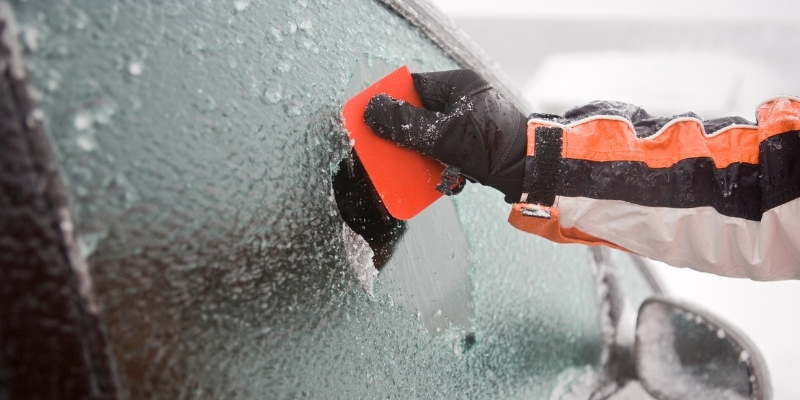
Check Your Wiper Blades
Although the British summer is infamously wet, you will likely be using your window wipers more frequently as we move into autumn. Heavy rain will reduce your visibility. You should make sure that your wiper blades are moving freely, and are not dragging or leaving streaks.
If your wiper blades are not functioning correctly, they should be replaced as soon as possible.
Driving in Autumn – Fog
Fog can severely limit your visibility when driving. This can make it challenging to see the road ahead and any potential hazards. It will also make it difficult to spot pedestrians and other road users.
When driving in fog, you should keep your speed slow, and use dipped headlights to increase visibility. Once your visibility drops below 100 metres, you should use your fog lights.
Avoid using your main beam when driving in fog, as this can be reflected by the fog, reducing your visibility even more.
Driving in Autumn – Wildlife
Deer and other wildlife are most active during the autumn months. This increases the likelihood of drivers encountering wildlife, with deer frequently darting out across the road. Although deer are more commonplace on country roads, they can be found in towns and cities as well. This is especially common in wooded areas.
If you spot a deer or any other animal on the road, you should slow down and avoid swerving. Swerving may take you onto the other side of the road, and can cause serious collisions.
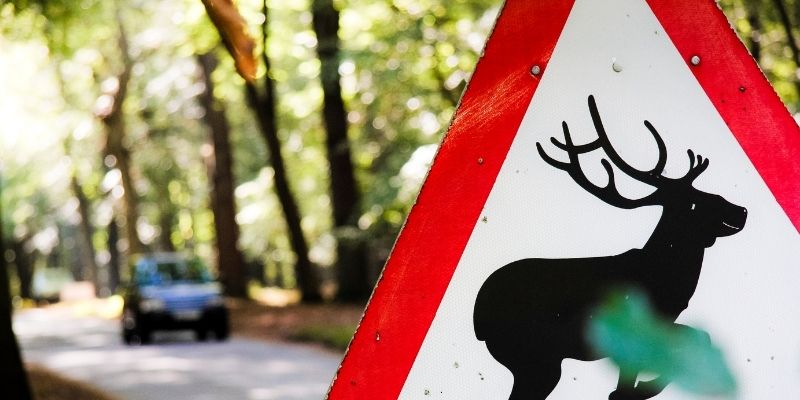
Driving In Autumn FAQs
I find it challenging to drive in adverse weather conditions, what should I do?
Depending on when you passed your driving test, you may not have driven in certain weather conditions. Although certain types of bad weather can be challenging to more experienced drivers as well. You can do some private practice to gain confidence with drivers with bad weather experiences.
Alternatively, our Pass Plus Scheme and advanced driving courses cover all aspects of all-weather driving.
When should I use my fog lights?
The Highway Code states that you should use your fog lights once visibility drops below 100 metres (328 feet). A good estimate for this is when you can no longer see the taillights of the car in front.
The Theory Test will often contain questions relating to driving in adverse weather conditions, so it’s important to practise and prepare for this type of question.
Contact Us
If you have any questions about driving in autumn or any of our driving courses, we’d love to hear from you. Please call us on 0800 371055, email: info@pass-drive.co.uk or speak to us using our live chat feature to the bottom right of the screen.


